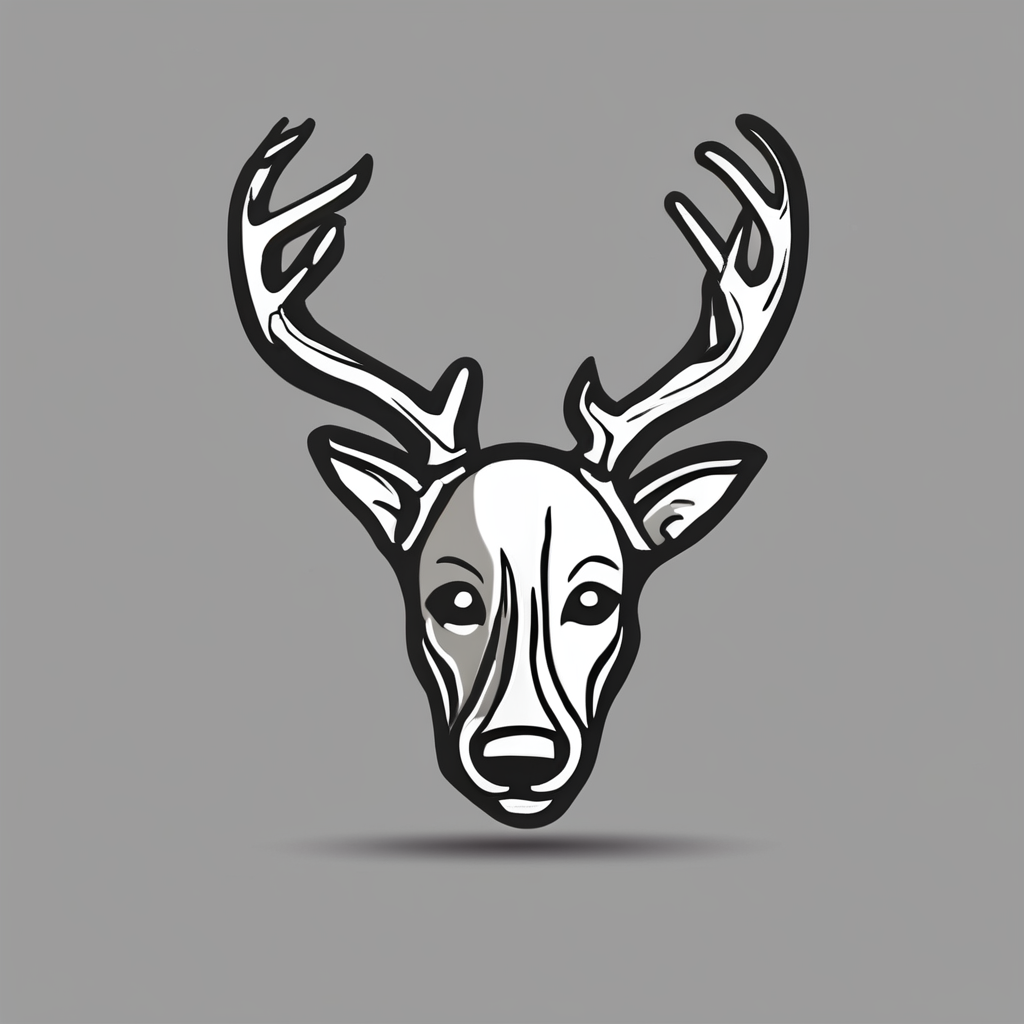Key methods cats use to communicate with other animals in the UK
Cats in the UK employ diverse cat communication techniques to interact across species. Vocalizations play a crucial role, especially in multi-animal households where subtlety matters. For example, a soft meow might signal curiosity or a greeting, while a hiss serves as a clear warning to both dogs and other pets, reducing conflict. Understanding these sounds helps pet owners interpret their cats’ needs effectively.
Beyond sounds, body language is a fundamental part of how UK cats manage interactions with dogs and local wildlife. An arched back, erect fur, or slow blinking are visual cues that can communicate either friendliness or caution. In encounters with wild animals, such as foxes or birds, maintaining a stance that signals confidence yet restraint often prevents escalation.
Additional reading : What Are the Most Surprising Facts About Domestic Cats?
Scent marking is another powerful channel in interspecies interaction. UK cats frequently use urine, paw pads, or cheek rubbing to mark territory, which sends clear boundaries to other animals. This olfactory communication maintains order among neighborhood cats and deters intruders. Recognizing these signals helps in managing coexistence, whether with other domestic pets or urban wildlife.
These communication methods illustrate cats’ sophisticated ways of navigating their social environment, balancing defense and diplomacy in daily life.
Topic to read : What are the best UK products for cat grooming?
Understanding feline communication with UK domestic animals
Exploring how cats interact with other pets in British households
In many UK homes, cats and dogs often share space, leading to varying interaction patterns. Typically, cats establish boundaries through body language—tail flicks, ear positioning, and vocal cues—signaling comfort or irritation. Dogs, more overt in their behaviour, may misinterpret these subtle cues, occasionally escalating tensions. Understanding these signals is crucial to fostering harmony.
Beyond dogs, British households increasingly include pets like rabbits and guinea pigs. Cats may display heightened curiosity or predatory instincts toward these smaller animals. Early socialisation and supervised introductions help minimise stress and prevent adverse reactions, supporting peaceful cohabitation.
Experts advise that recognizing feline communication is key in managing mixed-species environments. They recommend observing interactions carefully and providing separate safe zones for each pet. This approach respects the behavioural needs of both cats and other pets in the UK, promoting welfare and reducing conflict. Encouraging positive interactions through gradual exposure and reinforcement techniques benefits all household animals, making cohabitation more enjoyable for owners and pets alike.
Interactions between cats and UK wildlife
Knowing how cats engage with local fauna can reveal much about their ecological impact.
Cats and wildlife in the UK often cross paths in both urban gardens and rural settings. Common UK wildlife that felines encounter includes birds, hedgehogs, and even foxes. Cats exhibit feline predatory behaviour, which is instinctive and expressed through stalking and occasional hunting of smaller creatures such as birds and rodents.
When cats enter territories inhabited by wildlife, they communicate boundaries through scent marking and vocal signals. These warnings can deter some animals but might inadvertently stress vulnerable species. Notably, studies show that hedgehogs often retreat from areas marked by cats to avoid predation risk.
Ecological research in the UK reveals a complex balance: while cats control certain pest populations, their presence may threaten native wildlife, especially small mammals and ground-nesting birds. Understanding the subtle interplay between cats and wildlife highlights the importance of responsible pet management to minimize negative impacts on UK wildlife populations.
This nuanced interaction underscores why awareness of feline predatory behaviour and its effects on UK wildlife is critical for preserving biodiversity and encouraging harmonious coexistence.
Influence of environment and culture on cat interactions
Exploring how surroundings shape feline behaviour in the UK
Understanding the differences in communication styles between rural vs urban cats reveals how environment shapes feline interactions. Rural cats often engage more with livestock and wild animals, influenced by the spacious feline environment and fewer human disturbances. Urban cats, in contrast, navigate denser populations where their behaviour shifts to accommodate confined spaces and more frequent human contact.
The UK animal laws also significantly impact cat behaviour. Strict animal welfare regulations encourage responsible pet ownership, which can reduce aggressive or territorial disputes among cats. Local attitudes, especially in urban areas, promote neutering and microchipping, further influencing social dynamics by controlling population and health.
Case studies provide intriguing insights: in rural settings, cats occasionally interact or compete with livestock like chickens, showing hunting instincts shaped by their environment. Urban cats may encounter wild animals such as birds or rodents, leading to different predatory behaviours and social cues. This interplay between culture, laws, and environment highlights the adaptability of cats to diverse UK settings, shaping their unique communication and interaction patterns.
Recognising and interpreting feline signals for UK owners
Understanding cat behaviour is essential for every cat owner advice UK needs. Cats communicate through subtle body language and vocalisations that often go unnoticed. For example, a flicking tail tip may signal irritation, while slow blinking shows trust between cats and humans. Interpreting cat behaviour accurately helps prevent misunderstandings and stress in multi-pet households.
British pet owners should be alert to signs of stress or aggression, such as hissing, flattened ears, or puffed-up fur. These signals reveal the cat’s discomfort or fear and indicate when to intervene to avoid escalation. Early recognition can make all the difference in maintaining harmony.
For ongoing pet communication tips, UK cat owners can consult resources like British animal behaviourists and specialised charities. These experts offer advice tailored to local environments and specific feline needs. Seeking professional support helps decode confusing cat cues and ensures wellbeing for your pet and other animals around them.
Properly recognising feline signals empowers you to create a safe and loving environment through informed responses to your cat’s behaviour.
